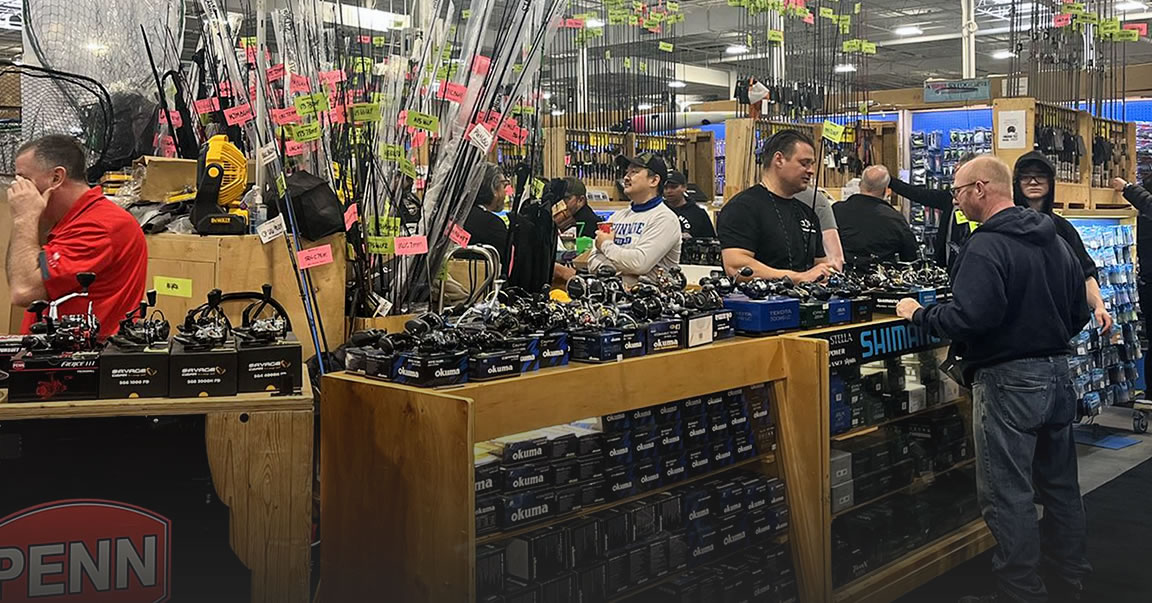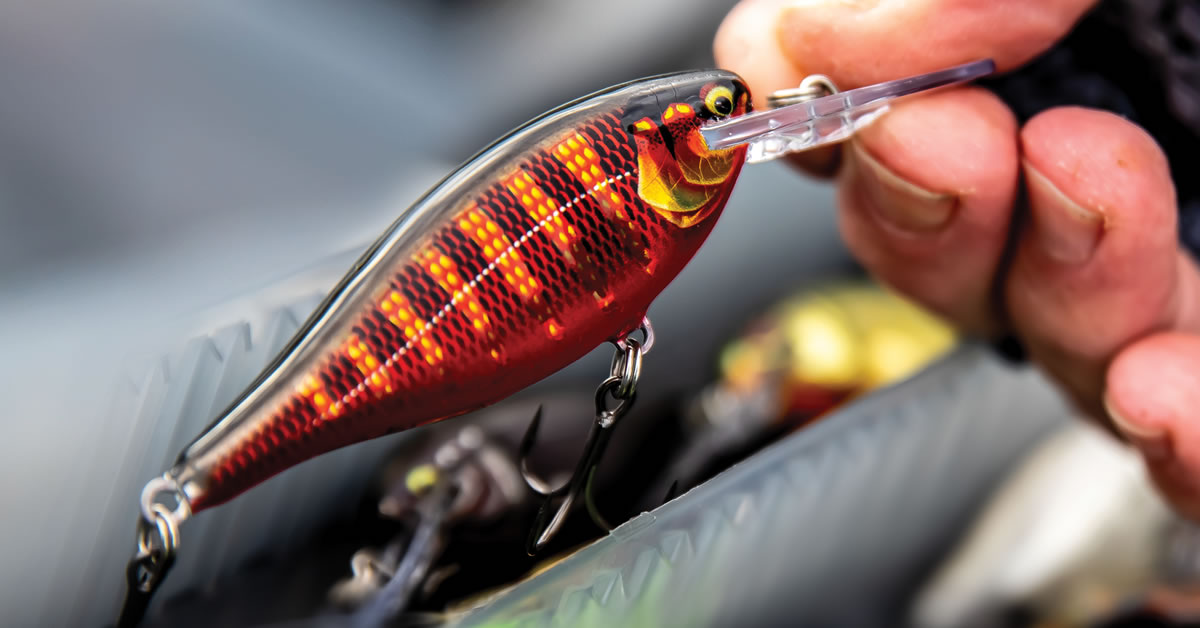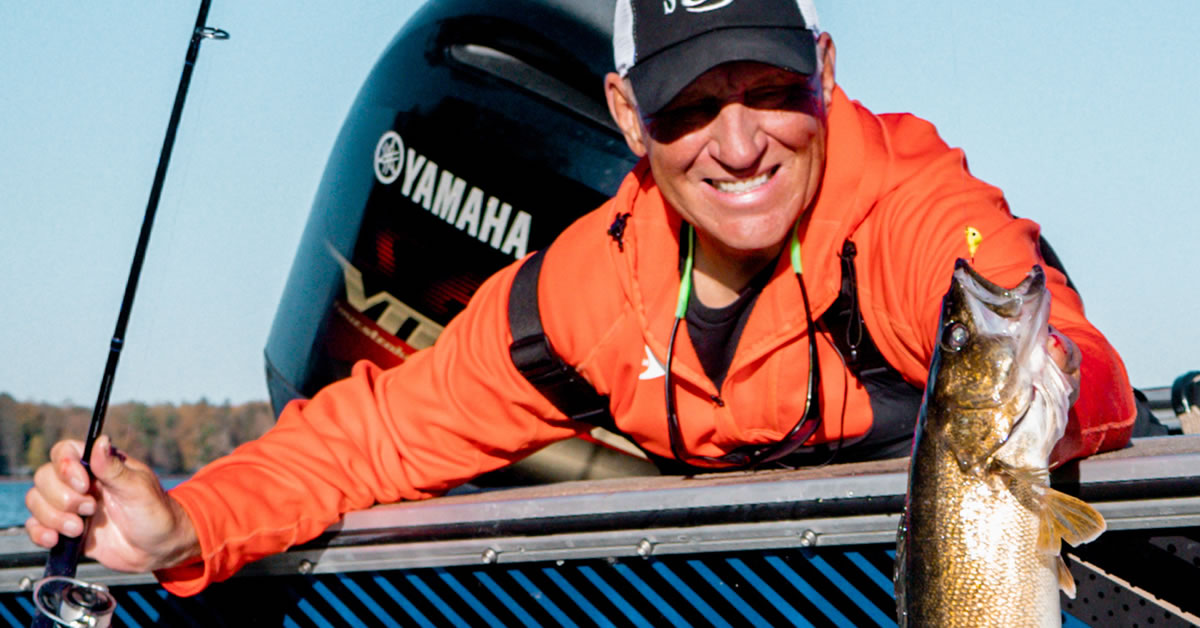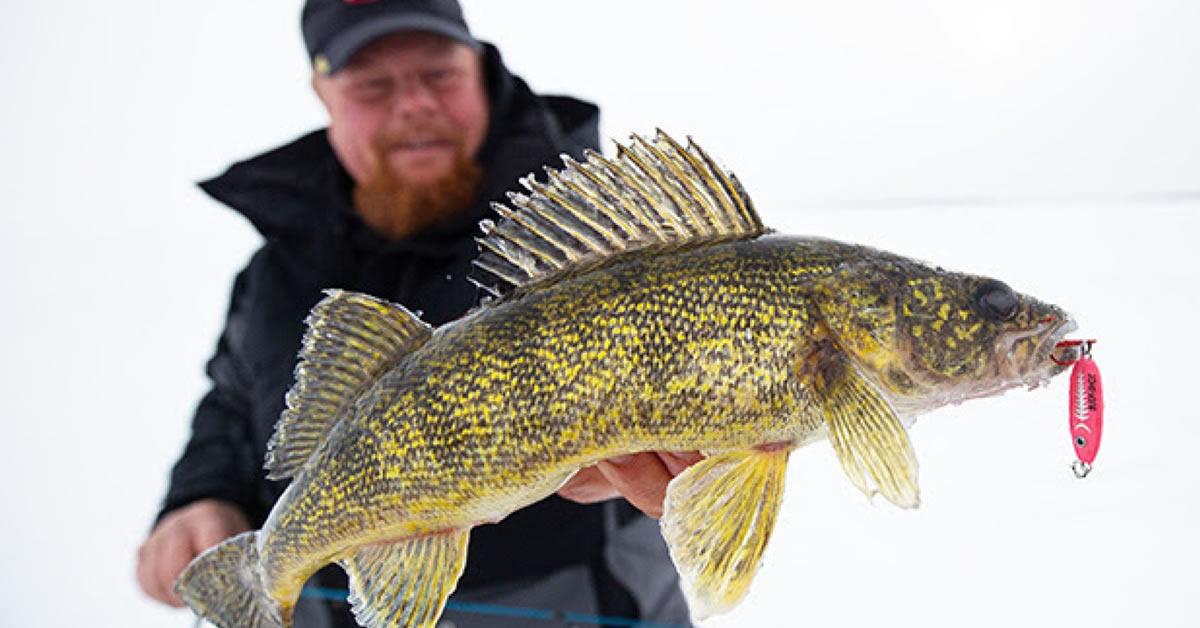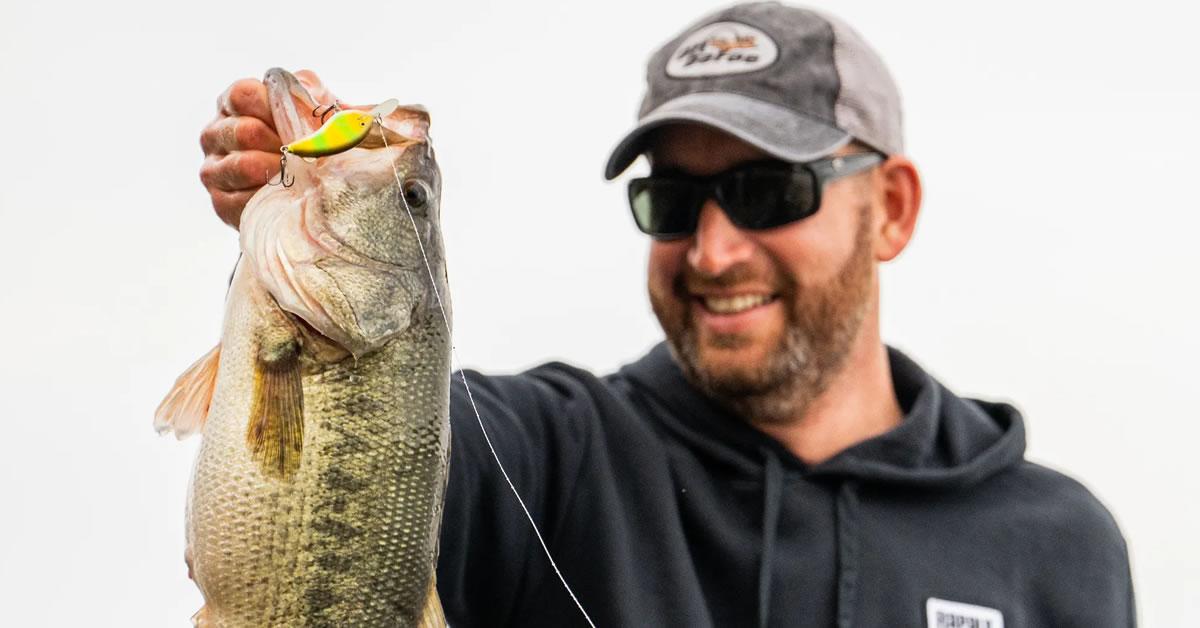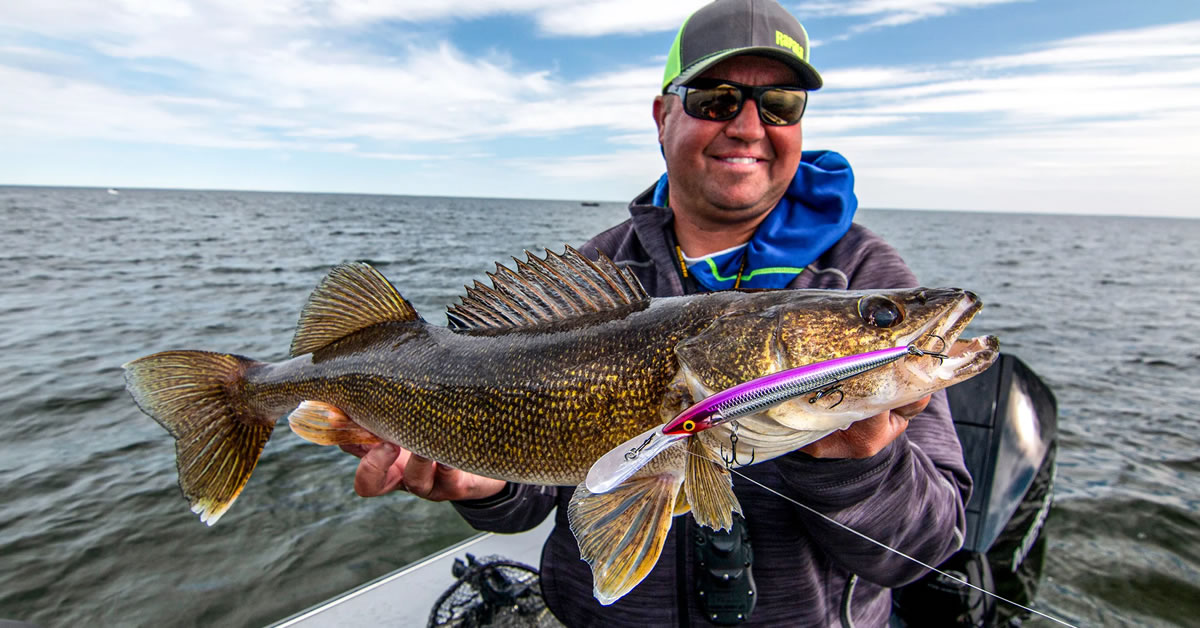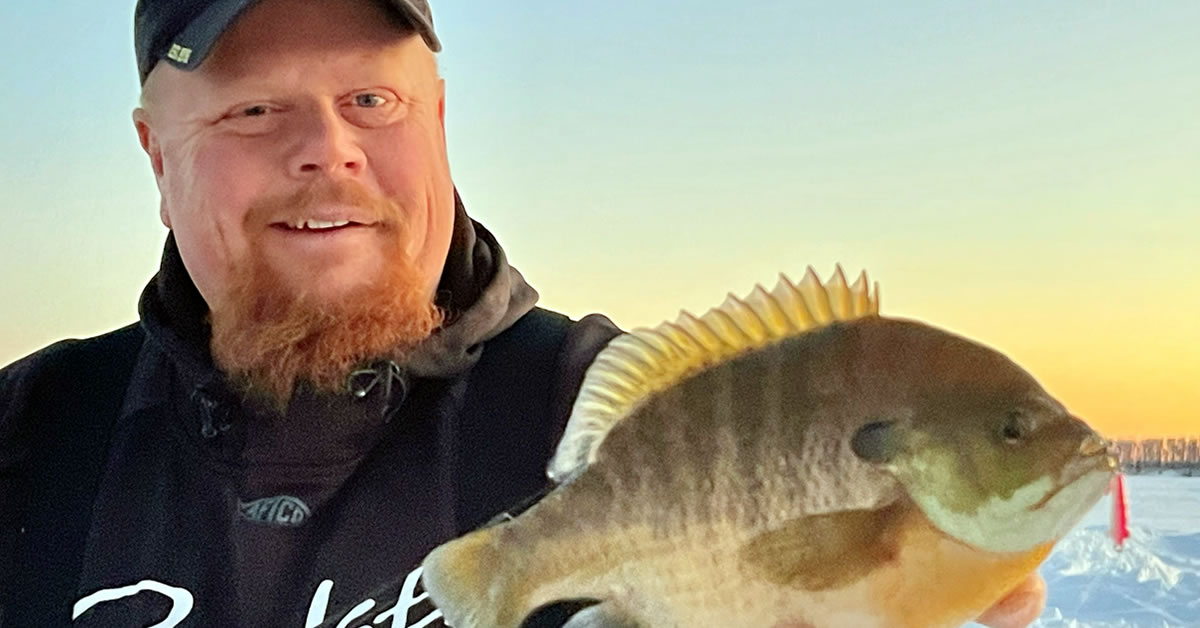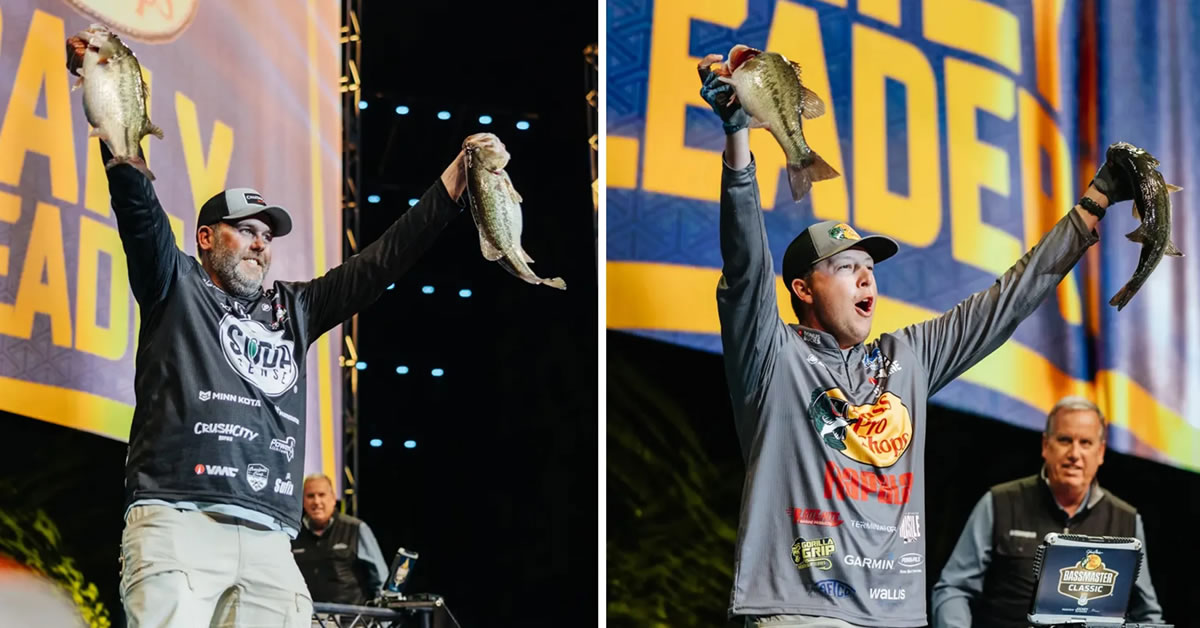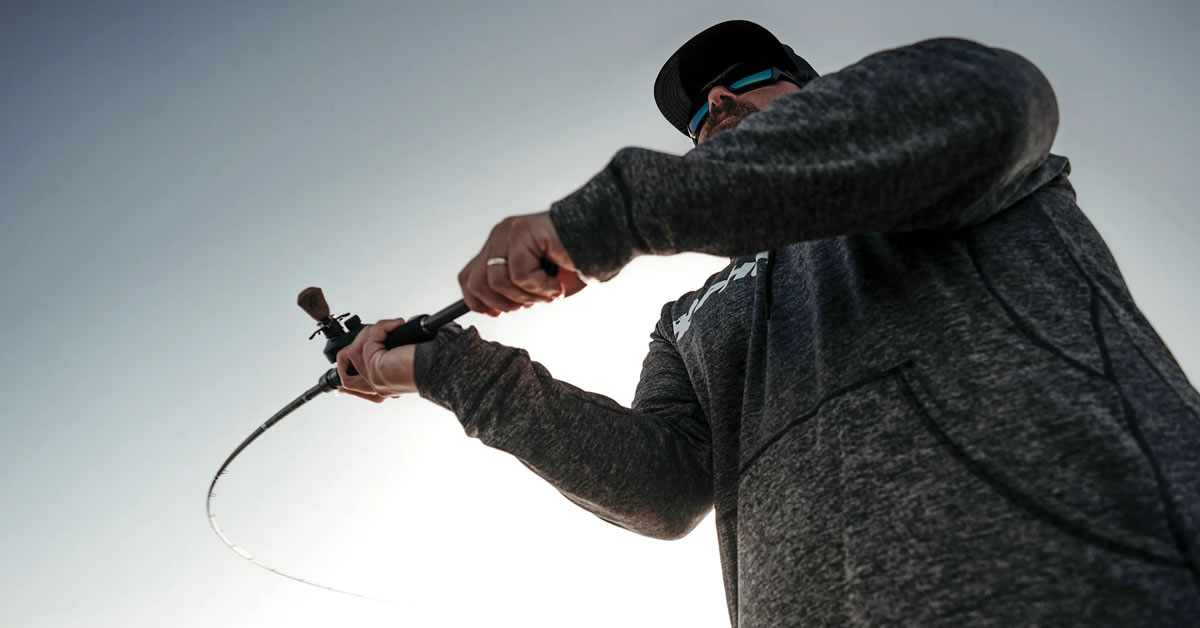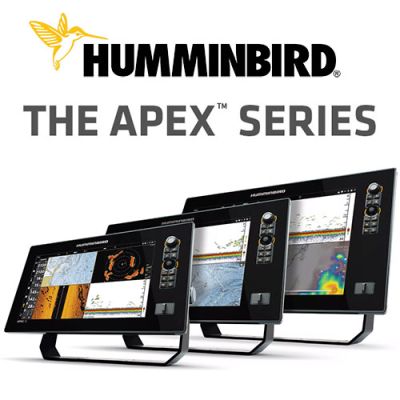Catch More & Bigger Late-Ice Bluegills
Veteran ice guide, Brian "Bro" Brosdahl, shares years of winning wisdom
by Lake-Link StaffIce conditions will change drastically over upcoming weeks, moving anglers farther north to tap sunfish and bluegill opportunities during "late" to "last" ice.
Lucky thing for veteran ice fishing guide, Brian "Bro" Brosdahl, he's located smack dab in the middle of big bluegill country - slightly northwest of Grand Rapids, with an almost unending supply of large, medium, and small waters to explore in Itasca, Cass, and Beltrami counties.
Yep, there are some big 'gills in Northern Minnesota, as well as some hybrids, pumpkinseeds, and other strains of sunfish. Truly gorgeous fish, all of them.
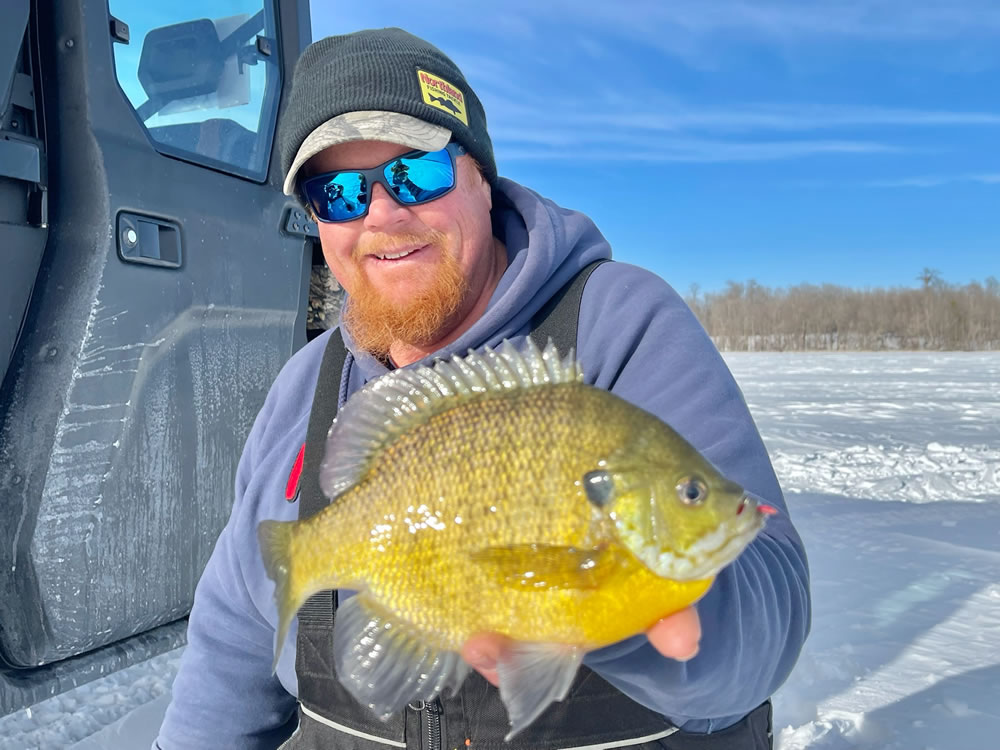
Where To Find 'Em
As spring approaches, mid-winter, basin-oriented bluegills start to migrate from deep areas with soft bottoms to shoreline breaks and up onto shallower, once-weedy flats."A lot of bluegills will situate a pretty close distance from their spring spawning areas," says Bro.
"First, they move into where the summer weedbeds were-flats or strips of dead weed stubble that acts as a magnet for fish even though they're not giving off any oxygen. Then they continue their movements even shallower."
But Bro says "shallow" is a relative term.
"There are times when deep, basin-oriented bluegills will move to areas of 12- or 14-feet, and in some lakes bluegills will move from moderate depths into skinny, 3- or 4-foot areas right away," offers Bro.
So what changes the progression from lake-to-lake?
"You need a good, sustained late-winter warm-up, suitable barometric pressure, both of which will push the fish into the shallow, muddy-bottom areas, where the ice starts melting first and the bottom retains heat-typically northern or north-western lake ends. But it could also be on the southern end if there's a north-flowing river entrance."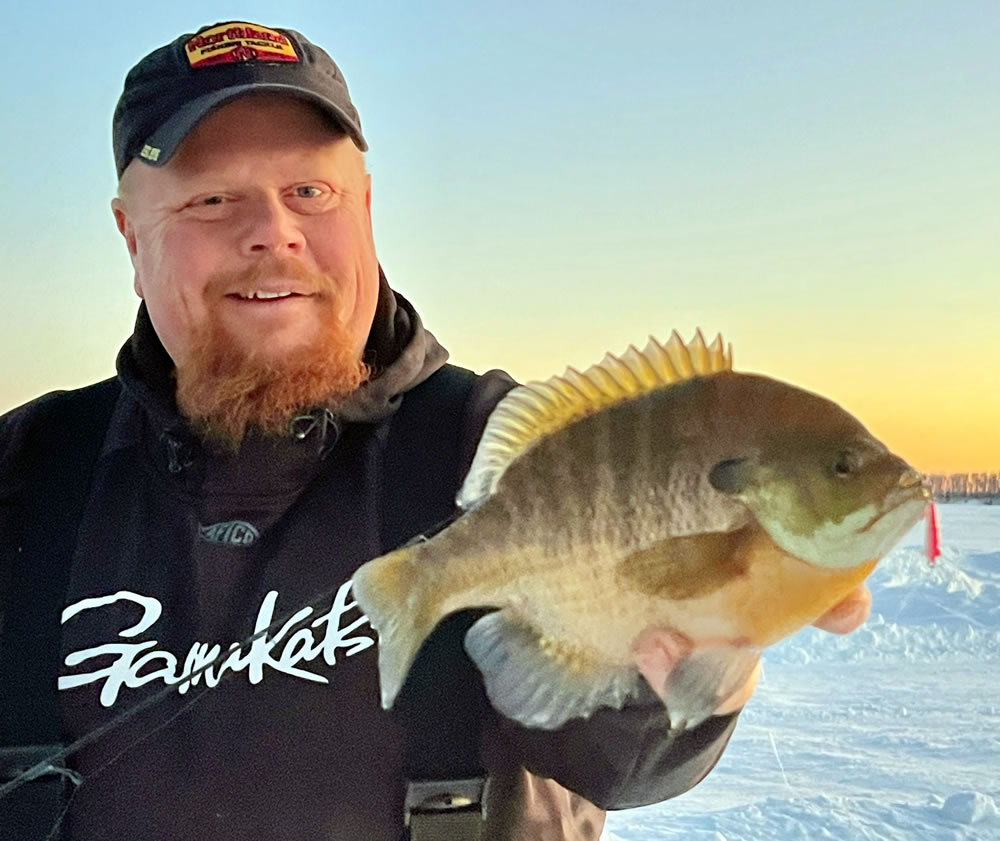
What do bluegills hold to if there's no live vegetation?
Look for bulrushes in moderate depths-not necessarily the shoreline stuff. Some lakes miles of bulrushes, other lakes have just a few acres.
"While I fish a lot of bulrush stands, the stalks providing cover for bluegills, dead wild rice stems are my favorite," confides Bro. "They offer more of a branch-like cover, which bluegills like."
It can be difficult to locate these areas in deep snow, but if the melt has started, the bulrush and wild rice stems should stick up out of the ice, providing a good idea where to drill.
"Another thing," adds Bro. "Any of the marshy areas where duck hunters congregated in the fall are going to be good late- and last-ice bluegill spots."
Bro says many of these shallower bluegill-holding areas might be larger than you'd think.
"If the bluegills are in 3- to 4-feet of water, they might extend over a wide flat the size of a football field. Other times, the area might be just a narrow band, making it hard for more than a few anglers to fish."
"Add logs, brush, scattered rock, a point, an inside turn," Bro says, "and now you've really got ideal late-ice bluegill habitat."
What To Use: Bro's Go-To Jigs
During the mid-winter, Bro is typically fishing Tungsten Mud Bug jigs tipped with a couple waxworms along the hard- to soft-bottom transitions of basin edges.But come late ice and Bro's presentations change.
"From about March 1st through ice-off, I'll be dropping a Tungsten Gill Getter on 2-pound Sunline FC Ice line, which is really strong, so if you do wrap your line around some rice, weed stubble, or a bulrush stem, you've got a chance."
"In darker, shallow waters, I like Northland Tackle's Tungsten Gill Getter, preferably in Glo White and threaded with a waxworm, which shows up well on my Aqua-Vu underwater camera," says Bro.
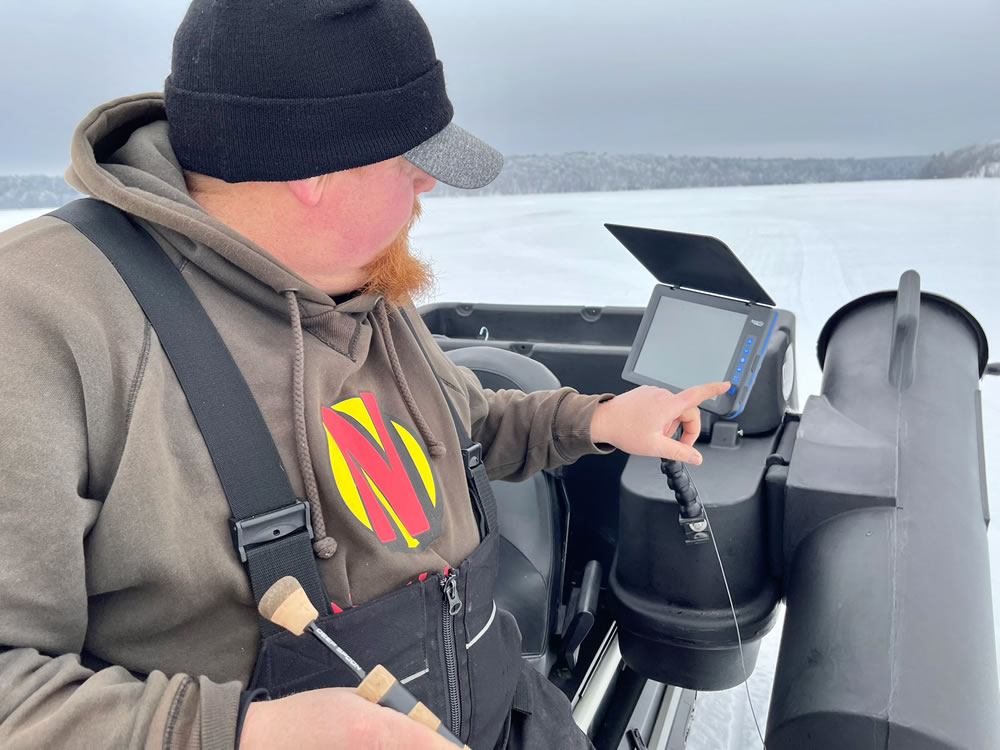
Tweaking Live Bait: Just Like Bro's Favorite Nachos
If the big bluegill bite calls for live bait-especially something with bulk, Bro will t-bone two waxies horizontally on his jig hook."The other thing I'll do," he says, "is slide a waxworm up only partly, leaving the tail exposed. But if the 'gills simply nip the tail off, I'll slide a waxworm completely up the hook, and add two or three more waxies and smash 'em all together. The result is a fish-attracting mess that disburses all kinds of particles and scent in the water."
Bro laughs: "It's like when I make nachos. I want a messy heap of nachos that are layered, spilling over, and barely fit on the plate. When you're serving up waxworms to big 'gills, you want it to look just like how I like my nachos."
How To Fish 'Em: Jig From Top-Down
Another critical element is how Bro orients his jig-whether he's fishing microplastics or meat-in the water column."During mid-winter I'm fishing the first couple feet up from the basin bottom, punctuating lifts with pounding and puffing the mud like an emerging insect," shares Bro.
"But come late-season, I start fishing just below the ice. I lower my jig to where the ice ends, then jig incrementally down to the bottom, sometimes only a couple inches at a time."
And in 3- to 5-feet of water, he'll lower his Aqua-Vu AV822HD camera into the hole, stopping it precisely where the ice ends, the lens pointed downward.
"While you can sight-fish down the hole with your eyes in a portable shack with the windows closed, I'm hole-hopping from my snowmobile or on foot during late-ice. I don't bring a shack; too much moving to stay on fish."
"But with the ultra-bright HD Aqua-Vu mounted on my snowmobile, I can see everything that's going on in broad daylight. On bog-stained lakes or over dark-bottom I'll orient the camera on the bottom looking upward which reveals the bluegill silhouettes against the icy surface. You can actually watch fish inhale your bait, even in darker-stained waters," share Bro.
And to locate fish over expansive, shallow flats, Bro will drop a Humminbird MEGA Live pole shortened to one section-and position it directly below the ice to locate pods of bluegills in the distance. This tells him precisely where to drill his next hole.
Rods and Reels
While some ice anglers go with shorter rod the shallower they get, Bro bucks the trend and fishes longer rods for shallow, late-ice bluegills."I really like the 32-inch St. Croix CCI Pan Dancer. It's got a great split-grip, titanium guides, a good backbone, and a bend that keeps big 'gills pinned. I pair it with a Daiwa QR 750 reel and Sunline 2-pound FC Ice Premium, but I fill the spools with old line off my summer rigs up to about an 1/8th inch from the spool top. Then I tie the 2-pound fluorocarbon to the line backing with a double-uni knot and fill the spool remainder. You don't need that much line when you're fishing shallow, late-ice bluegills and sunfish. But you do want the spool completely filled so the line flows off easier and behaves better."
Another thing to remember: spinning reels are designed to open the bail and cast during open-water seasons.
"In the wintertime I don't ever open the bail," shares Bro. "I pull the line off the spool with the bail closed. You're not casting to your hole. You want to test your drag at the rod tip and not the reel. At the same time, pulling your line off manually helps straighten out the fluorocarbon and prevent jig spin. The other thing I do that a lot of anglers don't, is attach the jig with a loop knot to get more of a trapeze act out of it," instructs Bro.
Conclusion
Looking for bigger bluegills and sunfish this late- to last-ice? Consider Bro's wisdom and you're likely to catch more trophies for photos and mid-sized fish for the frying pan.Want to fish with the big bluegill wizard? Reach out to Bro to book a late-ice trip.


